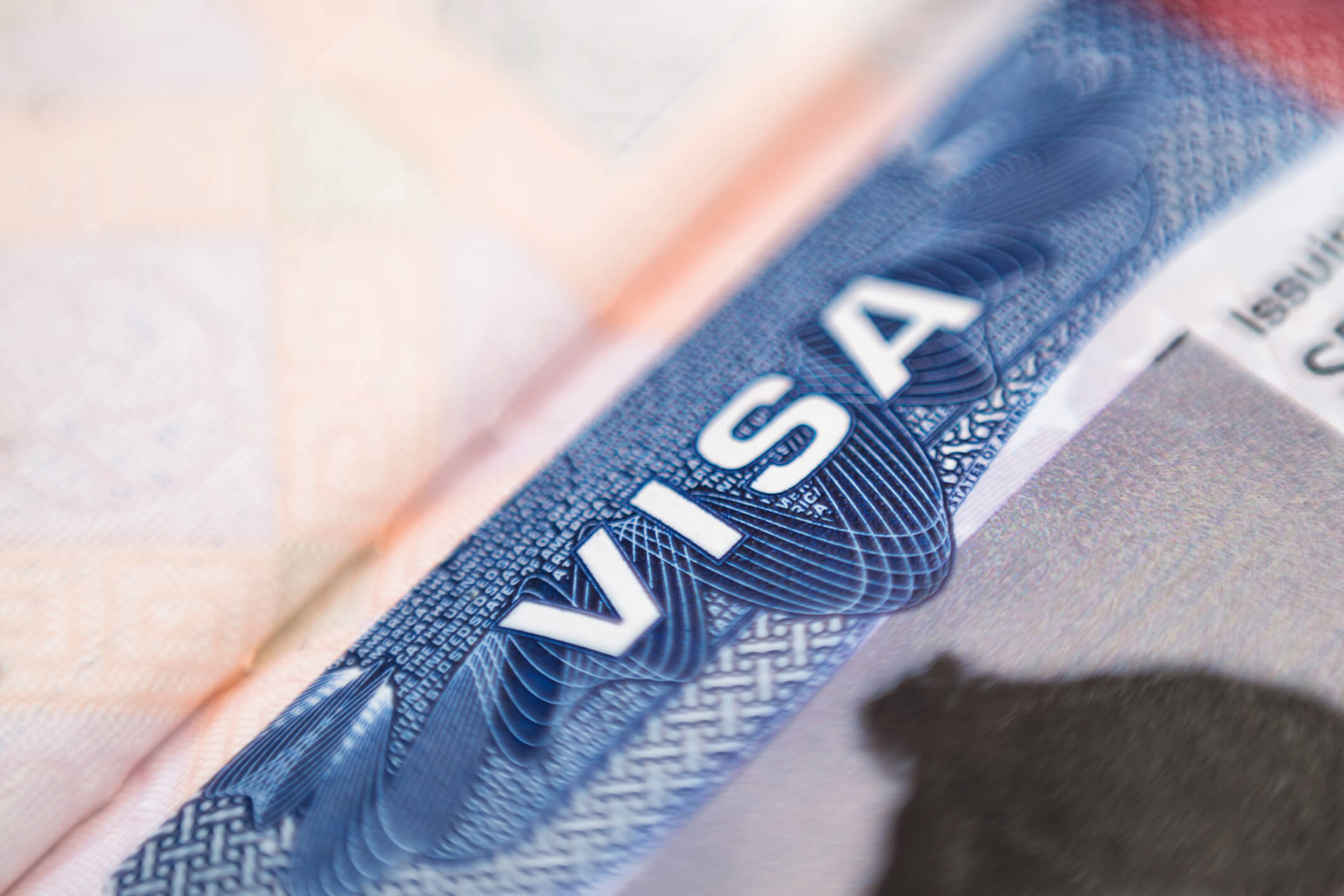Quick Hits
- Employers are responsible for selecting and using software products that avoid unlawful discrimination and comply with Form I-9 and E-Verify requirements.
- Employers must not use software products that violate Form I-9 and E-Verify requirements or involve system limitations that unlawfully discriminate among workers.
- DOJ and DHS advise employers to train staff on Form I-9 and E-Verify requirements, and to provide access to published government guidance on Form I-9 and E-Verify requirements.
Employer Compliance With Form I-9 Software Products
The fact sheet reminds employers to use the current Form I-9 and properly complete the Form I-9 for each new hire after November 6, 1986, with any acceptable employee documents. Form I-9 systems must comply with requirements for electronic signatures and document storage including the ability to provide Form I-9 summary files containing all information fields on electronically stored Forms I-9. The fact sheet confirms required software capabilities and employer practices to properly complete the Form I-9 and avoid unlawful discrimination.
Employers must ensure that any software:
- allows employees to leave form fields blank, if they’re not required fields (such as Social Security numbers, if not required on E-Verify cases);
- allows workers with only one name to record “Unknown” in the first name field and to enter their names in the last name field on the Form I-9;
- uniquely identifies “each person accessing, correcting, or changing a Form I-9”;
- permits Form I-9 corrections in Section 1;
- retains all employee information and documents presented for form completion; and
- permits Form I-9 corrections in Section 2 and allows completion of Supplement B reverifications with any acceptable employee documents.
Employer Compliance With E-Verify Software Products
The fact sheet reminds employers to comply with E-Verify program requirements when using software interfaces for E-Verify case completion. The fact sheet confirms required software capabilities and employer practices for completing E-Verify cases. Employers must still:
- provide employees with current versions of Further Action Notices and Referral Date Confirmation letters in resolving Tentative Nonconfirmations (mismatches) in the E-Verify system;
- provide English and non-English Further Action Notices and Referral Date Confirmation letters to employees with limited English proficiency;
- display E-Verify notices confirming employer use of E-Verify;
- “promptly notify employees in private” of E-Verify mismatches and provide Further Action Notices. If an employee who has been notified of a mismatch takes action to resolve the mismatch, provide the Referral Date Confirmation letter with case-specific information;
- delay E-Verify case creation, when required. For example, when workers are awaiting Social Security numbers or have presented acceptable receipts for Form I-9 completion, employers must be able to delay E-Verify case creation; and
- allow employees to resolve E-Verify mismatches prior to taking any adverse action, including suspensions or withholding pay.
Prohibited Employer Activity When Using Form I-9 Software
The fact sheet notes that an employer that uses private software products for Form I-9 or E-Verify compliance is prohibited from:
- completing the Form I-9 on an employee’s behalf unless the employer is helping an employee complete Section 1 as a preparer or translator;
- prepopulating employee information from other sources, providing auto-correct on employee inputs, or using predictive language for form completion;
- requiring more or less information from employees for Form I-9 completion or preventing workers from using preparers/translators for form completion;
- improperly correcting the Form I-9, improperly creating E-Verify cases, or failing to report corrections in the Form I-9 audit trail;
- requesting more or different documentation than needed for Form I-9 completion, or failing to complete reverification in Supplement B of the Form I-9; and
- imposing “unnecessary obstacles” in starting work or receiving pay, “such as by requiring a Social Security number to onboard or by not paying an employee who can complete the Form I-9 and is waiting for a Social Security number.” (Emphasis in the original.)
Staff Training and Technical Support
The fact sheet warns employers against using software products that do not provide technical support to workers, and it notes that employers are required to provide training to staff on Form I-9 and E-Verify compliance. Resources for staff members using software products for Form I-9 and E-Verify case completion include I-9 Central, the Handbook for Employers M-274, the M-775, E-Verify User Manual, and DOJ publications.
For more information on I-9 compliance, please join us for our upcoming webinar, “I-9 Compliance Series: The Basics, Part 1—Tips for Ensuring Good-Faith Compliance,” which will take place on Tuesday, February, 20, 2024, from 2:00 p.m. to 3:00 p.m. (EST). The speakers, Ann Louise Brown Cauble and Claudia P. Martorell, will review practices that demonstrate good-faith compliance and will discuss the importance of creating internal policies and procedures to ensure I-9s are timely, accurately, and completely prepared. Register here.
To learn more about I-9 and E-Verify compliance, please join us at Ogletree Deakins’ national Workplace Strategies program, which will feature a breakout session entitled “I-9 Comply and E-Verify: What You Need to Know About Employer Rules and Requirements.” This annual seminar, which will be held May 1–4, 2024, at the historic Washington Hilton in Washington, D.C., is the premier event of its kind for sophisticated HR professionals, in-house counsel, and other business professionals.
Ogletree Deakins’ Immigration Practice Group will continue to monitor developments with respect to these and other policies and will provide updates on the Immigration blog as additional information becomes available.
Follow and Subscribe






